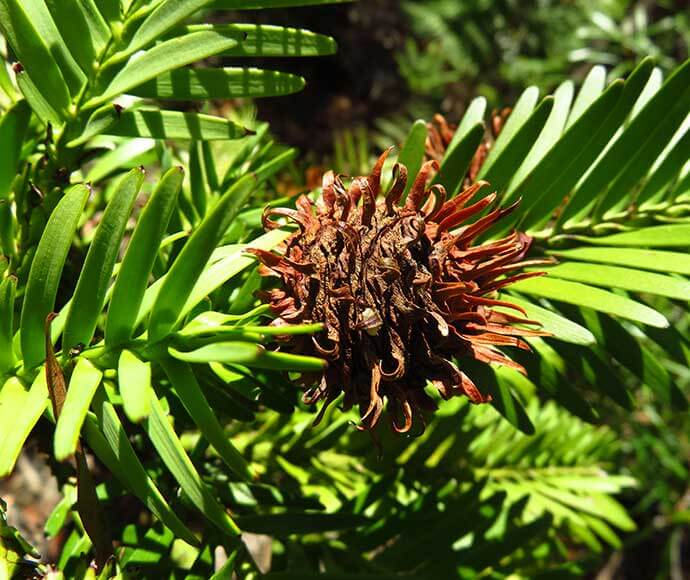Search
Lantana plan | Pest animals and weeds
Lantana is one of Australia's most invasive weeds. We have developed a national lantana plan to coordinate the response to this weed.
Ox-eye daisy | Pest animals and weeds
Ox-eye daisy is a flowering weed which can displace native plants and pasture grasses. It is a problem because of its impact on threatened species, particularly in Kosciuszko National Park.
Scotch broom | Pest animals and weeds
Scotch broom is a highly invasive weed. Infestations are found in New South Wales, including alpine and subalpine areas.
Monitoring invasive and native plants after weed management | Pest animals and weeds
Monitoring is essential for conservation management and assessing how well management actions are protecting biodiversity, threatened species and ecological communities.
Wildlife rehabilitation data dashboard | Native animals
Wildlife rehabilitation data is current to 30 June 2023.
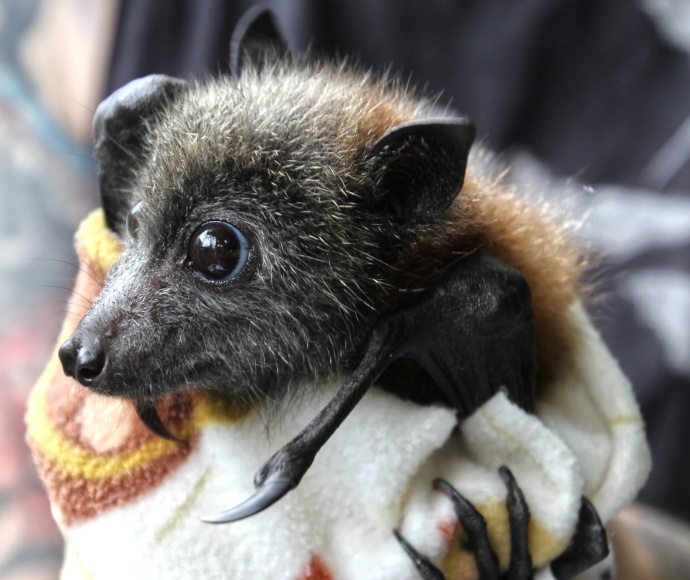
Sharing knowledge at the heart of Murie Creek project | News
A yearning to share the past with future generations is at the heart of a project to improve the health of Murie Creek in Central West New South Wales.
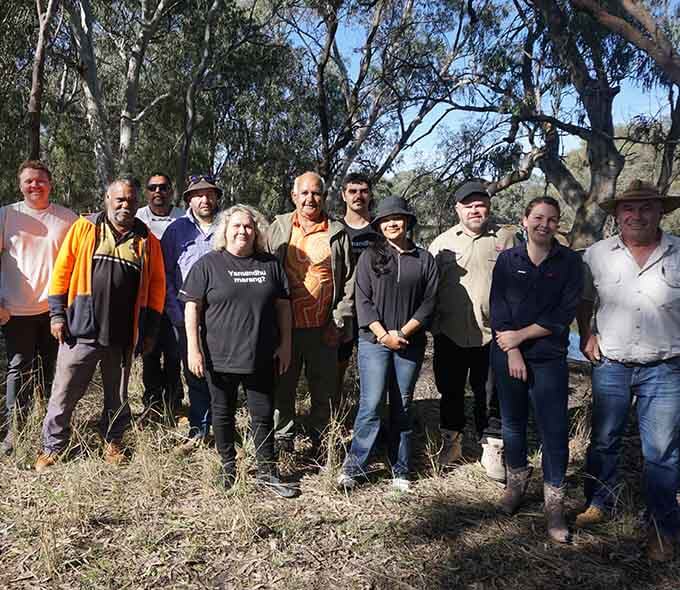
Humpback whale cut loose in Sydney Harbour | Media release
At around 11:15 am on Friday, 23 August, an expert team from the NSW National Parks and Wildlife Service (NPWS) safely freed an entangled humpback whale in Sydney Harbour.
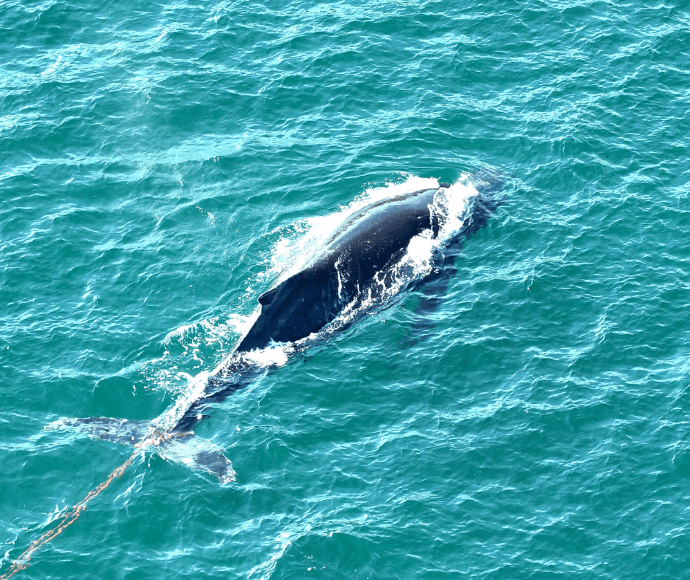
NSW to consult on Forestry Industry Action Plan | Media release
The NSW Government is today announcing the appointment of an expert panel to lead consultation on a Forestry Industry Action Plan, which will outline the path NSW will take to ensure a sustainable timber industry that aligns with the government’s key environmental priorities.
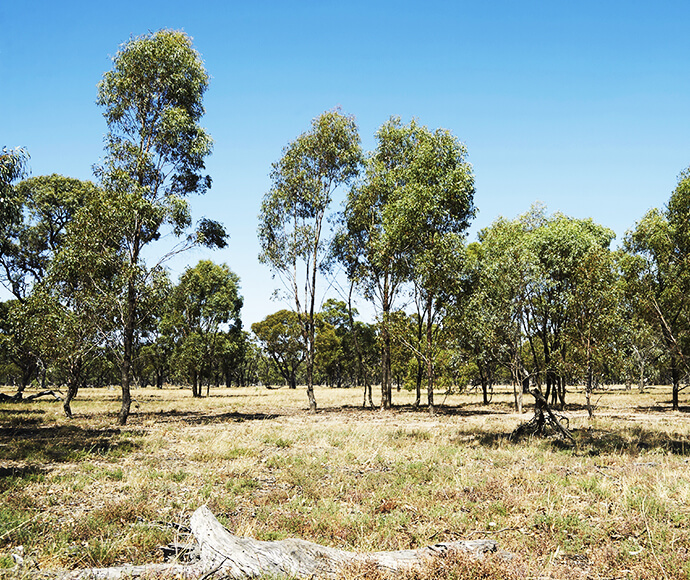
Carbon on Country funding launched | Media release
The NSW Government is investing $2.5 million to support Aboriginal organisations in NSW in establishing and managing carbon projects on their land.

30 years since historic discovery of ancient dinosaur trees | Media release
The legendary Wollemi Pine (Wollemia nobilis) has captivated the world since its discovery in the Blue Mountains in 1994. Three decades later, its survival story is not over with the critically endangered conifer still at serious risk of extinction.
